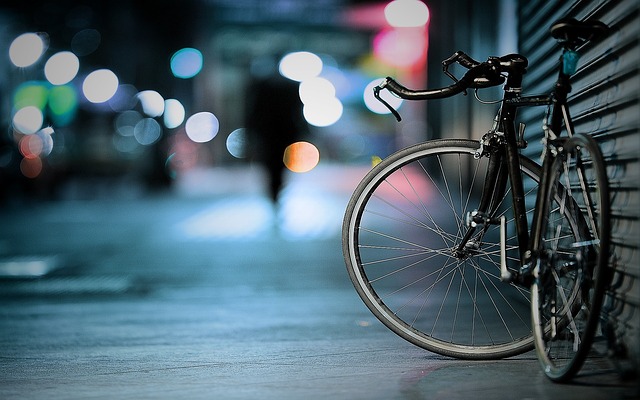The Enigmatic Tale of Beijing and Its Bicycles
Decades have passed since Katie Melua's haunting melody about Beijing's iconic bicycles captured imaginations. The question remains, how prevalent are bicycles in today's Beijing?
Calculating the exact number of bicycles in Beijing is quite a challenge, but the significance of bicycles in this city is undoubtable – a symbol of a bygone era that persists in the present day.
The Bicycle's Debut in China
Nearing the end of the 19th century, bicycles took the Chinese societal stage thanks to American adventurers William Sachtleben and Thomas Allen. Despite the skeptics, bicycles later became a staple of Chinese transportation.
Early Chinese affluents shunned bicycles, but the working class eyed them with the hope of mobility and freedom. However, bicycles' high prices and long waiting lists made them a luxury many could not afford.
China's Embrace of the Bicycle
China's first Five-Year Plan aimed for a 60 percent growth in the bicycle industry, and the 1958 production surpassed a million units. The real bicycle boom, however, occurred during the Cultural Revolution.
By the 1970s, the Flying Pigeon bicycle had become a household name, representing prosperity in Deng Xiaoping's China. These bicycles were even gifts to visiting dignitaries like President George H. W. Bush.
Bike lanes in Beijing were once as wide as three car lanes, a testament to the city known as the 'Kingdom of Bicycles'. Despite the rise of automobiles, Beijing's love for bikes never waned completely.
The Cultural Pedal Power
Films like Wang Xiaoshuai's 'Beijing Bicycle' and installations by artist Ai Weiwei highlighted the bicycle's enduring social and cultural significance, freedom and mobility.
Beijing's Cycling Future
The government's latest Five-Year Plan aims to boost cycling commutes, and the bike-sharing system continues to expand. Despite mixed sentiments from the public, many recognize the environmental and historical importance of preserving Beijing's cycling tradition.
Bike-sharing apps are banking on the hipster trend and environmental consciousness to allure the younger generation back to two wheels. Offering convenience and affordability, these apps have revolutionized urban mobility in Beijing.
Bicycles may not quite number nine million in Beijing currently, but with the city's continued commitment to cycling culture, that picturesque figure might not be far off.



